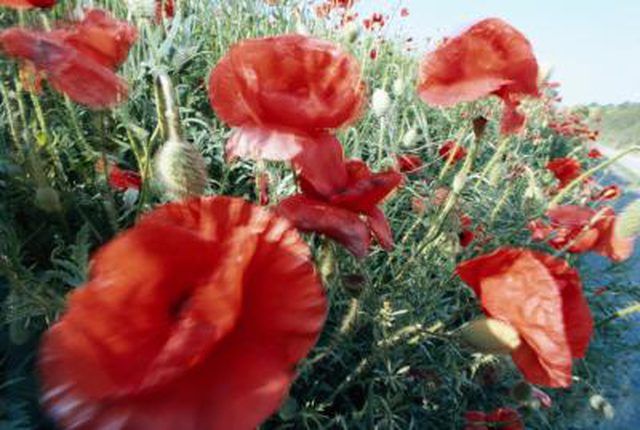Bulbs
Flower Basics
Flower Beds & Specialty Gardens
Flower Garden
Garden Furniture
Garden Gnomes
Garden Seeds
Garden Sheds
Garden Statues
Garden Tools & Supplies
Gardening Basics
Green & Organic
Groundcovers & Vines
Growing Annuals
Growing Basil
Growing Beans
Growing Berries
Growing Blueberries
Growing Cactus
Growing Corn
Growing Cotton
Growing Edibles
Growing Flowers
Growing Garlic
Growing Grapes
Growing Grass
Growing Herbs
Growing Jasmine
Growing Mint
Growing Mushrooms
Orchids
Growing Peanuts
Growing Perennials
Growing Plants
Growing Rosemary
Growing Roses
Growing Strawberries
Growing Sunflowers
Growing Thyme
Growing Tomatoes
Growing Tulips
Growing Vegetables
Herb Basics
Herb Garden
Indoor Growing
Landscaping Basics
Landscaping Patios
Landscaping Plants
Landscaping Shrubs
Landscaping Trees
Landscaping Walks & Pathways
Lawn Basics
Lawn Maintenance
Lawn Mowers
Lawn Ornaments
Lawn Planting
Lawn Tools
Outdoor Growing
Overall Landscape Planning
Pests, Weeds & Problems
Plant Basics
Rock Garden
Rose Garden
Shrubs
Soil
Specialty Gardens
Trees
Vegetable Garden
Yard Maintenance
How to Grow Papaver
How to Grow Papaver. Papaver is a category of more than 70 flowers flowers better known as poppies, including, but not limited to, the common poppy (P. rhoeas), the blue poppy (Meconopsis), and the Oriental poppy (P. orientale). These showy beauties are surprisingly hearty for all their delicate appearance and many varieties are quite simple to...

Papaver is a category of more than 70 flowers flowers better known as poppies, including, but not limited to, the common poppy (P. rhoeas), the blue poppy (Meconopsis), and the Oriental poppy (P. orientale). These showy beauties are surprisingly hearty for all their delicate appearance and many varieties are quite simple to grow successfully, even for the beginning gardener. Since poppies thrive in loose, neutral soil, they make a fine display next to other warm weather eye-catchers like foxglove, peonies and hostas.
Things You'll Need
Neutral compost
Hoe
Watering can
General liquid fertilizer
Contact your Home Owner’s Association or local law enforcement to find out whether growing poppies is prohibited in your area. Because parts of some poppy varieties can be used for narcotic purposes, they may be outlawed in home gardens or there may be rules governing how many plants you can grow in your flowerbeds.
Choose a well-draining location that receives full sun for at least most of the day. If your area regularly reaches temperatures higher than 75 degrees Fahrenheit in the warmer months, select an area that receives plenty of indirect sunlight. Mix 3 inches of a neutral pH compost into the soil in the area using a gardening hoe.
Dig a narrow channel no more than 2 or 3 inches deep with the hoe. Sprinkle the poppy seeds evenly along the furrow, and then lightly cover them with dirt.
Sprinkle water over the planted poppy seeds sparingly using a watering can. Water the seeds in this manner for approximately 2 weeks, until seedlings begin to show above the soil, and then water the seedlings only when the soil around them feels parched to the touch. Spread 2 inches of organic mulch around the small plants to protect the developing root systems.
Let the seedlings grow freely for about 6 weeks, until they are approximately 2 to 3 inches tall. Examine the plants and locate dead, dying or otherwise unhealthy-looking seedlings and remove these plants to give the healthier specimens more room and resources to thrive. Pinch off dead or sickly-looking blossoms to encourage more vital blooms.
Apply a general liquid fertilizer around the poppy plants every month during the summer and autumn. Water the mature plants whenever the soil around them feels dry. Continue to routinely thin and deadhead the poppies for best results.